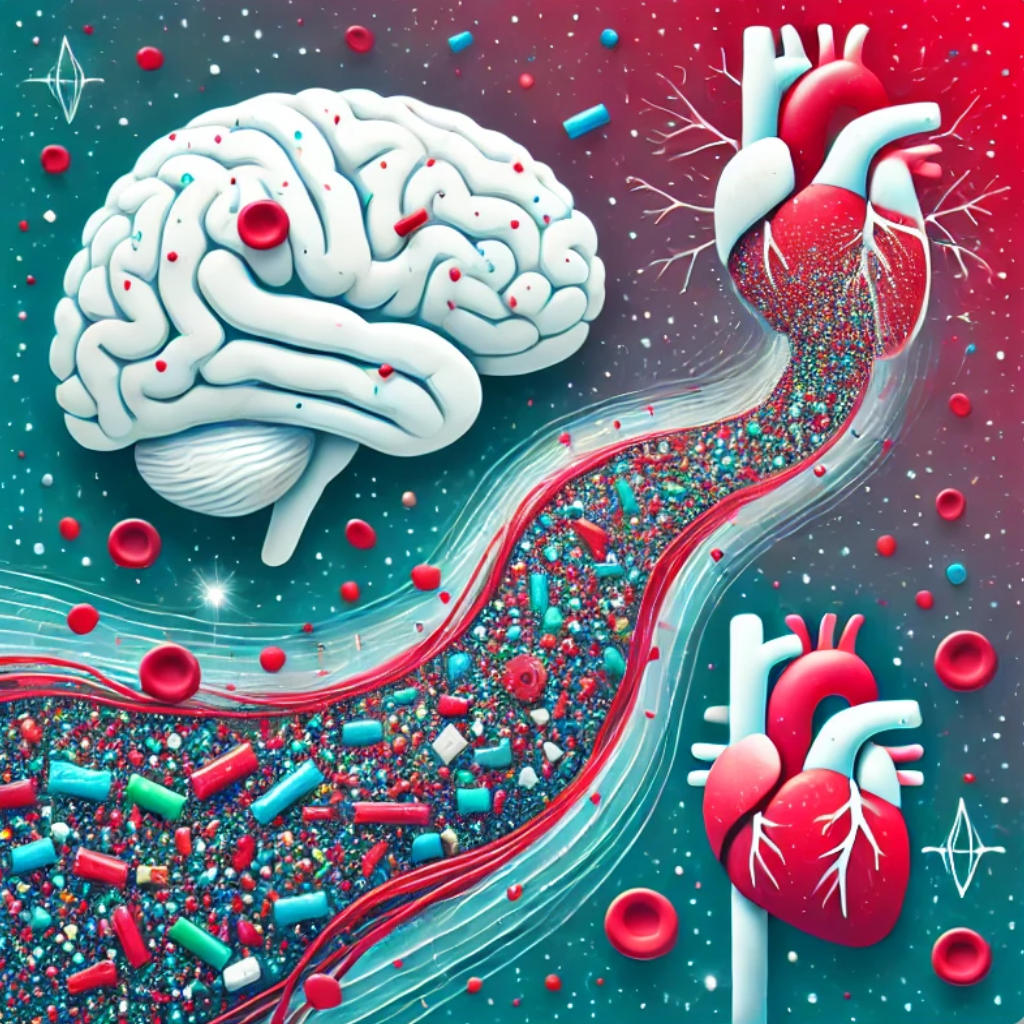Category: Clinical
-

The Influence of Visual Imagery on Perception: Recent Insights
Recent research by scientists at the University of Freiburg (Germany) has revealed how visual imagery—the mental visualization of absent objects—profoundly influences subsequent perceptual experiences. This discovery offers significant implications for neuroscience, psychology, and forensic science. Shared Neural Mechanisms A 2024 study conducted at the University of Freiburg demonstrated that visual imagery and actual perception engage…
-

The Role of Hippocampal Ripples in Spatial Memory Formation and Retrieval
Recent research from the University Hospital Bonn has shed light on the significance of hippocampal ripples—brief, high-frequency brain wave patterns—in coordinating neuronal activity crucial for spatial memory formation and retrieval. Hippocampal Ripples and Memory Consolidation Hippocampal ripples, characterized by rapid oscillatory activity, are integral to the process of memory consolidation. These ripples facilitate the reactivation…
-

The Intersection of Neuroscience and Forensic Psychology: Refining Risk Assessment with New Insights
Risk assessment is a cornerstone of forensic psychology, essential for guiding offender rehabilitation, sentencing, and public safety measures. While the integration of neuroscience and forensic psychology is well-established, recent advancements in neuroimaging and risk categorization tools refine existing methodologies, offering more precision and clarity in high-stakes evaluations. Understanding these developments not only informs professionals but…
-

Dementia: Recent Scientific Advances and Future Therapeutic Hopes
The Enigma of Dementia Dementia and Alzheimer’s disease are devastating neurological conditions impacting millions worldwide. Alzheimer’s, the most common form of dementia, is currently affecting over 6 million Americans, with projections of nearly 14 million cases by 2060 (Penn Medicine). These diseases, marked by cognitive decline, memory loss, and impaired daily functioning, have significant implications…
-

Revolutionizing Stroke Treatment: The Impact of Advanced Neurovascular Stent Retrievers in 2024
Introduction to Ischemic Strokes Ischemic stroke, the predominant type of stroke, accounts for approximately 87% of all cases and occurs when a clot obstructs blood flow to the brain, leading to potentially severe neurological deficits. This medical emergency requires rapid intervention to restore cerebral perfusion and minimize brain damage. Current therapeutic strategies include intravenous thrombolysis…
-

New Horizons in Migraine Therapy: Efficacy and Mechanisms of CGRP Inhibitors
Contents 1. Introduction Migraine remains one of the most prevalent and debilitating neurological disorders worldwide, affecting approximately one billion individuals globally. Characterized by recurrent episodes of severe headache, often accompanied by nausea, photophobia, and phonophobia, migraine imposes a substantial burden not only on affected individuals but also on healthcare systems. Traditional pharmacological treatments have focused…
-

The Variability of Reference Ranges in Blood Test Results: Implications for Clinical Practice (Free App: LabMatch)
Reference ranges for blood tests are indispensable tools in clinical practice, guiding diagnoses and monitoring treatment. However, these ranges are not universally constant but vary according to the methodologies employed by different laboratories. This variation can lead to significant discrepancies in patient care if not properly managed. Understanding Reference Range Variability The crux of the…
-

Vaping and Its Association with Depressive Symptoms among Adolescents: A Comprehensive Analysis in Thailand
The advent of electronic cigarettes (e-cigarettes) has been marked by a surge in popularity, particularly among the youth, propelled by the allure of varied flavors and the perceived lesser harm compared to traditional tobacco products. However, emerging research, including a significant study from Thailand published in the Journal of Health Science and Medical Research, paints…
-

Analysis of Anticoagulant Use in Asian Populations: Empirical Data and Clinical Implications
Abstract The therapeutic landscape for venous thromboembolism (VTE) is complex, particularly in Asian populations where genetic and physiological nuances significantly influence the risk-benefit ratio of anticoagulant therapy. This review delves into empirical data surrounding the administration of anticoagulants, such as Heparin and direct oral anticoagulants (DOACs), in Asians, highlighting pharmacogenomic considerations, hemorrhagic risk assessments, and…
-

The Evolution and Clinical Application of Direct Oral Anticoagulants (DOACs): A Paradigm Shift in Anticoagulation Therapy
Abstract The advent of Direct Oral Anticoagulants (DOACs) has revolutionized the management of thromboembolic disorders, presenting a significant paradigm shift from traditional Vitamin K Antagonists (VKAs), such as warfarin. Introduced into clinical practice in 2008 with the approval of Dabigatran by the U.S. Food and Drug Administration (FDA), DOACs have expanded the therapeutic arsenal, offering…
-

Elucidating the Pathophysiological Impact of Vaping on Pulmonary and Cardiovascular Systems: A Comprehensive Review
Abstract The emergence of electronic cigarettes (e-cigarettes) as an alternative to traditional smoking has precipitated widespread public health discussions, particularly concerning their safety profile and impact on respiratory and cardiovascular health. This review consolidates current scientific evidence regarding the cellular and molecular mechanisms underlying the health risks associated with vaping, with a specific focus on…
-

Chronic Stress and Inflammation: A Dual Threat to Global Health
Abstract:The intricate interplay between chronic stress and inflammation represents a pivotal axis of concern within the medical community, given its significant implications for health and disease. This article reviews the current understanding of how chronic stress amplifies inflammatory processes, delineating the pathophysiological pathways involved and their implications for disease development and progression. Through an examination…
-

Innovative Approaches to Hashimoto’s Thyroiditis: Emerging Treatments and Clinical Implications
Hashimoto’s thyroiditis, the predominant cause of hypothyroidism in iodine-replete areas, initiates as an autoimmune assault on the thyroid gland, culminating in chronic inflammation and thyroidal dysfunction. This disorder poses a significant challenge to healthcare providers due to its intricate pathophysiology and variable clinical presentations. In light of recent advancements, this exploration focuses on innovative therapeutic…
-

Parasites and Cancer: Unveiling the Complex Interplay and Pioneering the Path to Innovative Therapies
Introduction The intricate relationship between parasites and cancer represents a pivotal aspect of medical research with profound implications for global health. This article delves into the complex interactions between parasitic infections and the development of cancer, highlighting the significance of understanding this connection. As the burden of parasitic diseases intersects with cancer epidemiology, particularly in…
